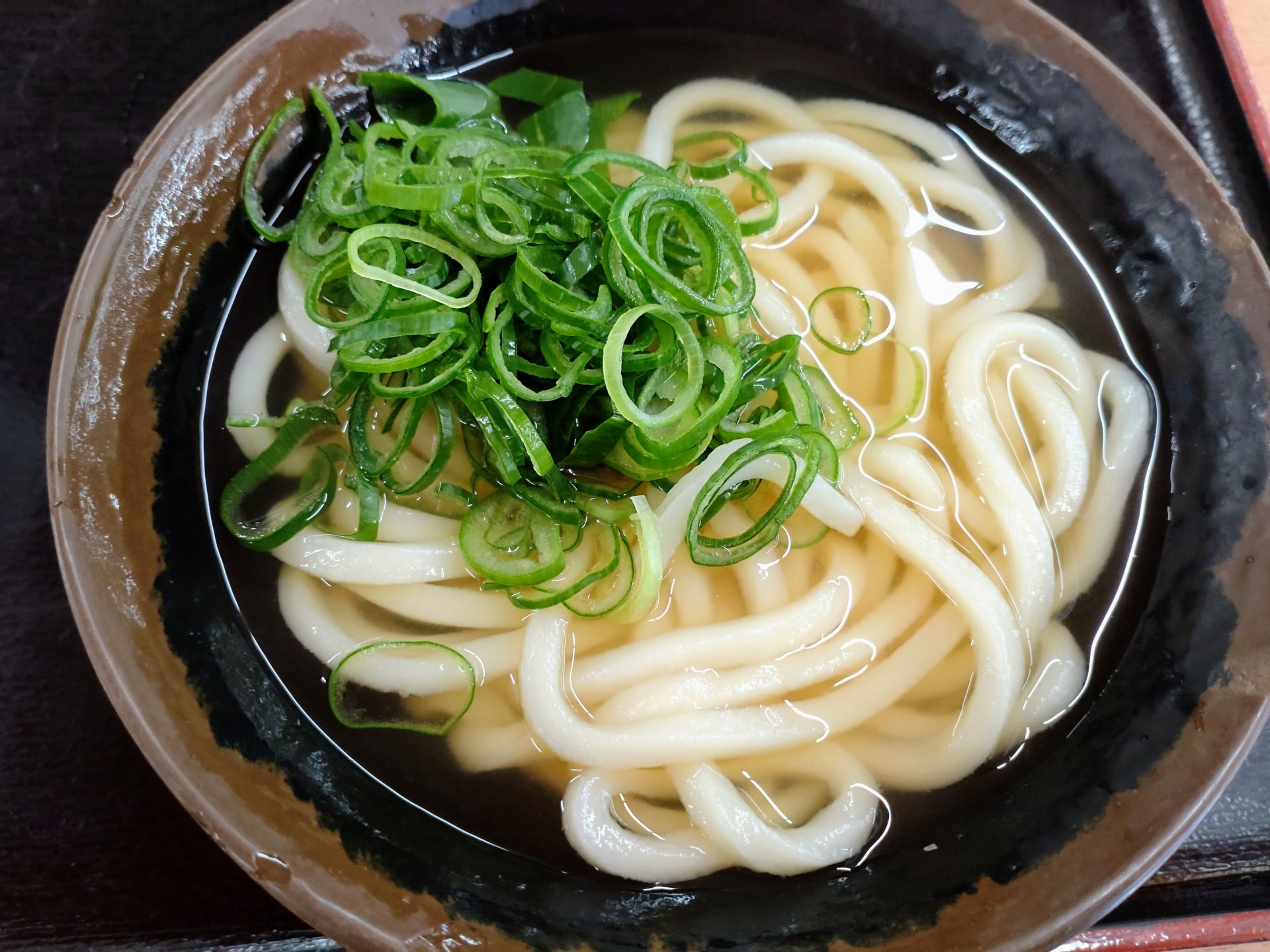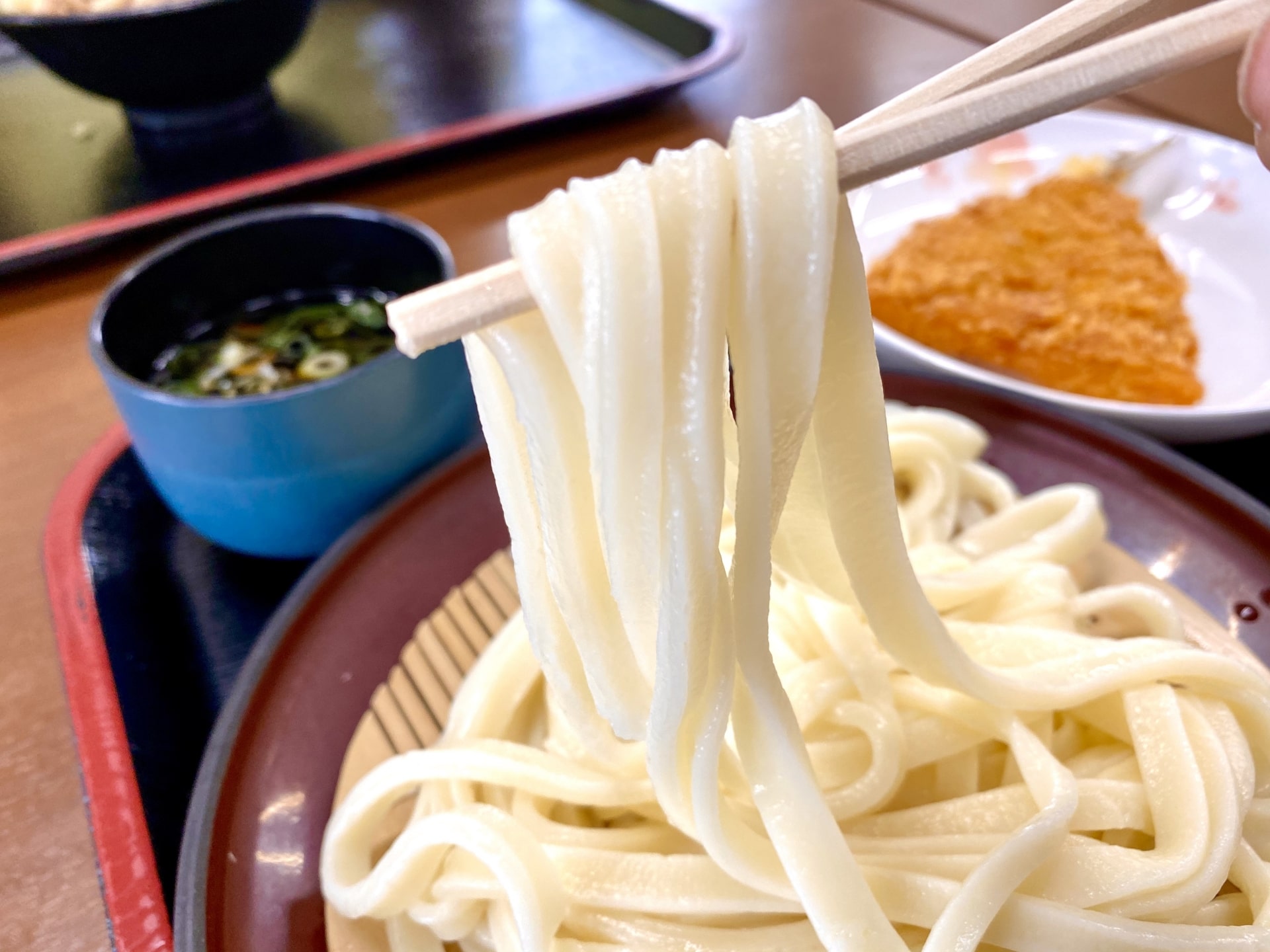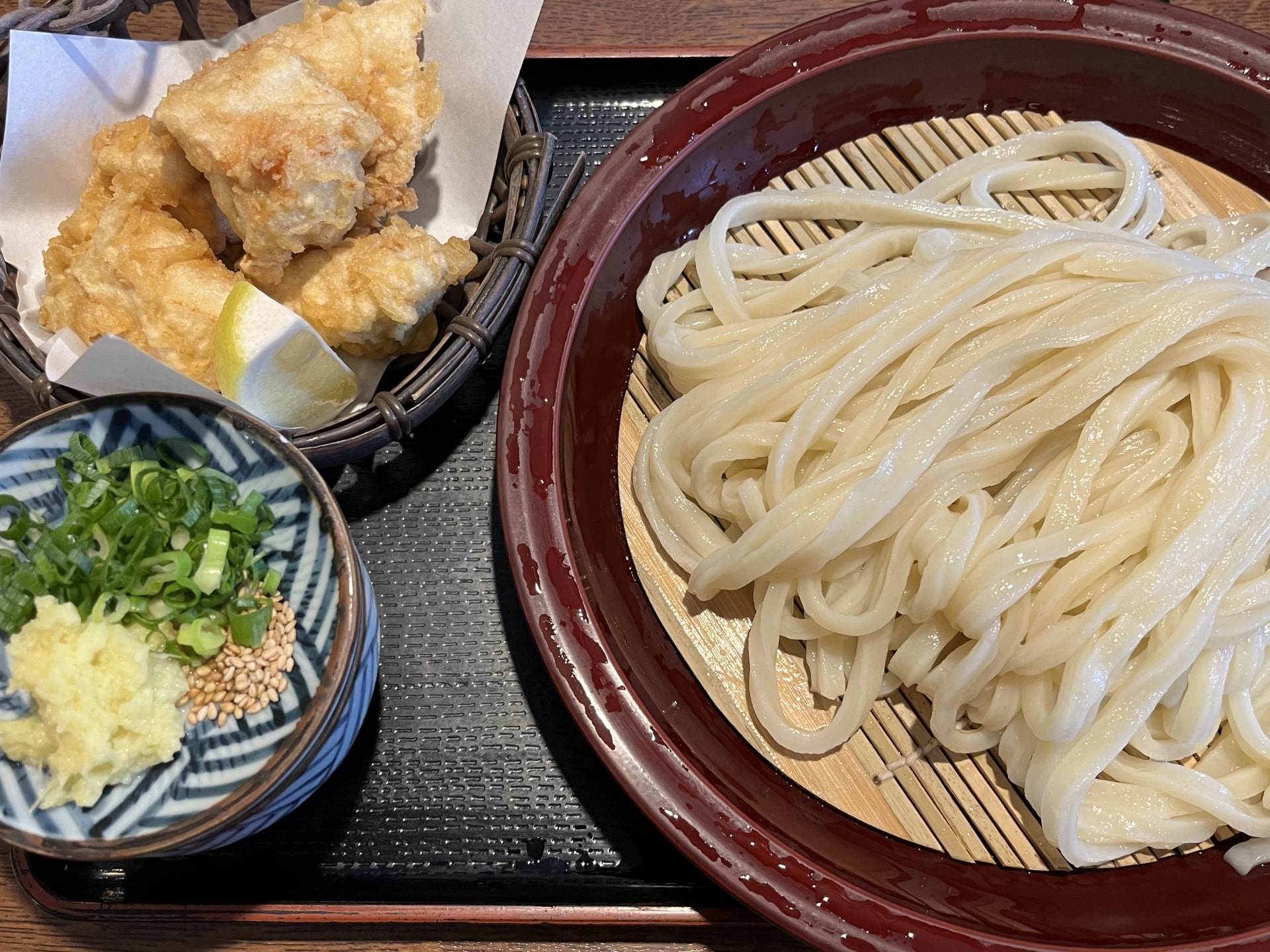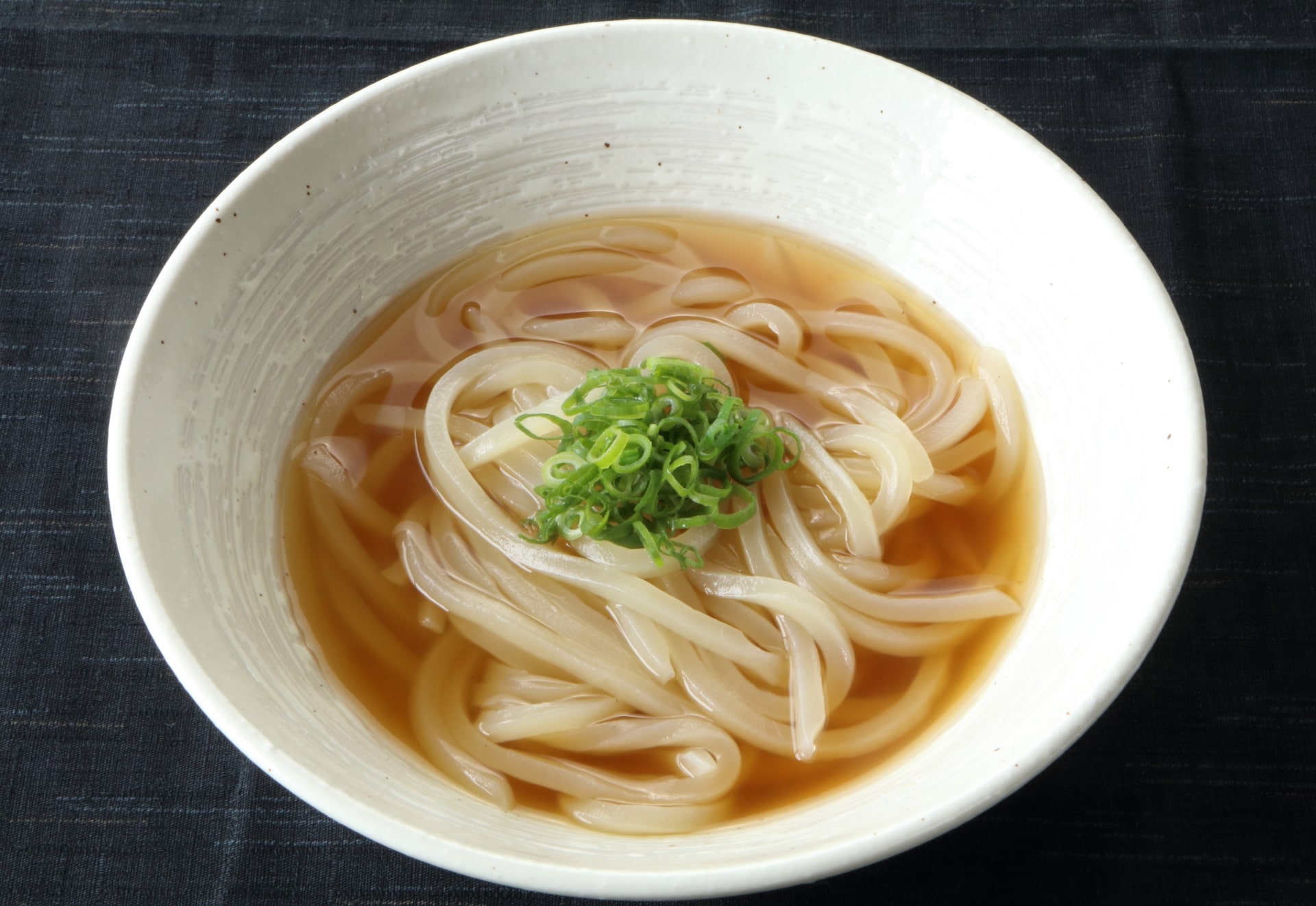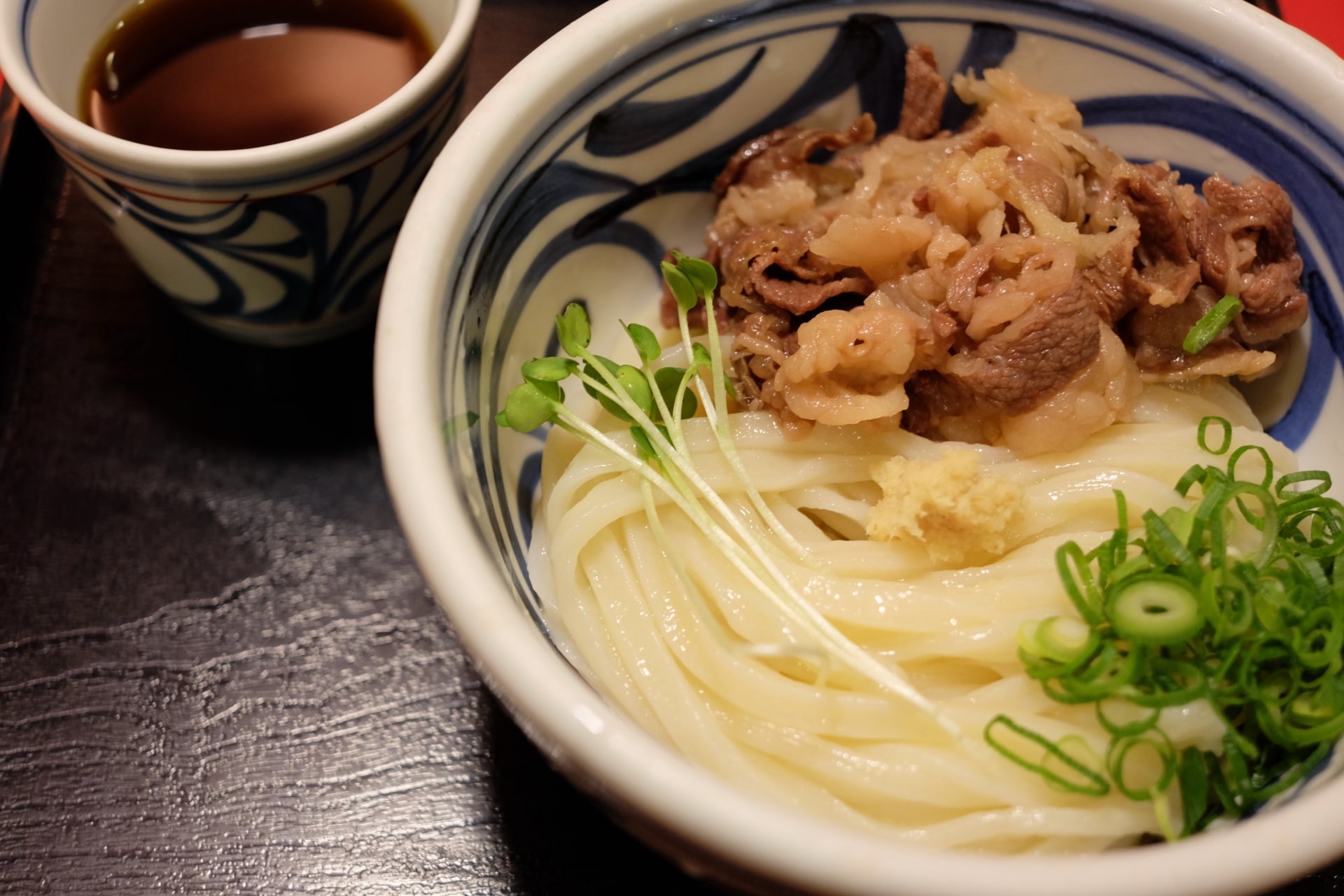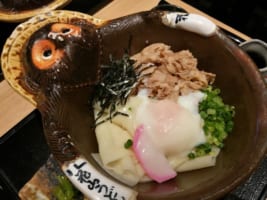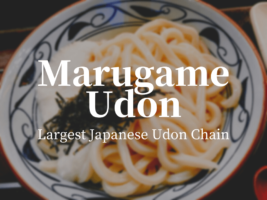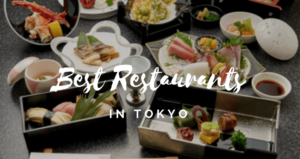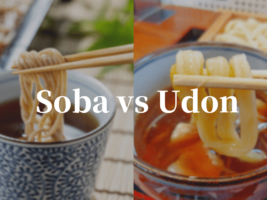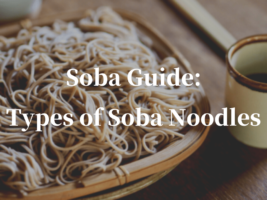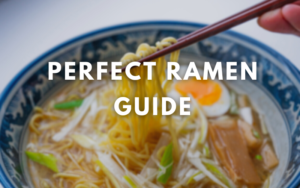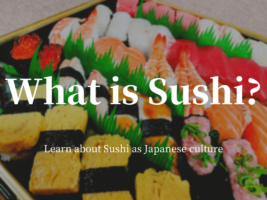Udon Guide: Types of Udon Noodles
All you need to know before eating Udon
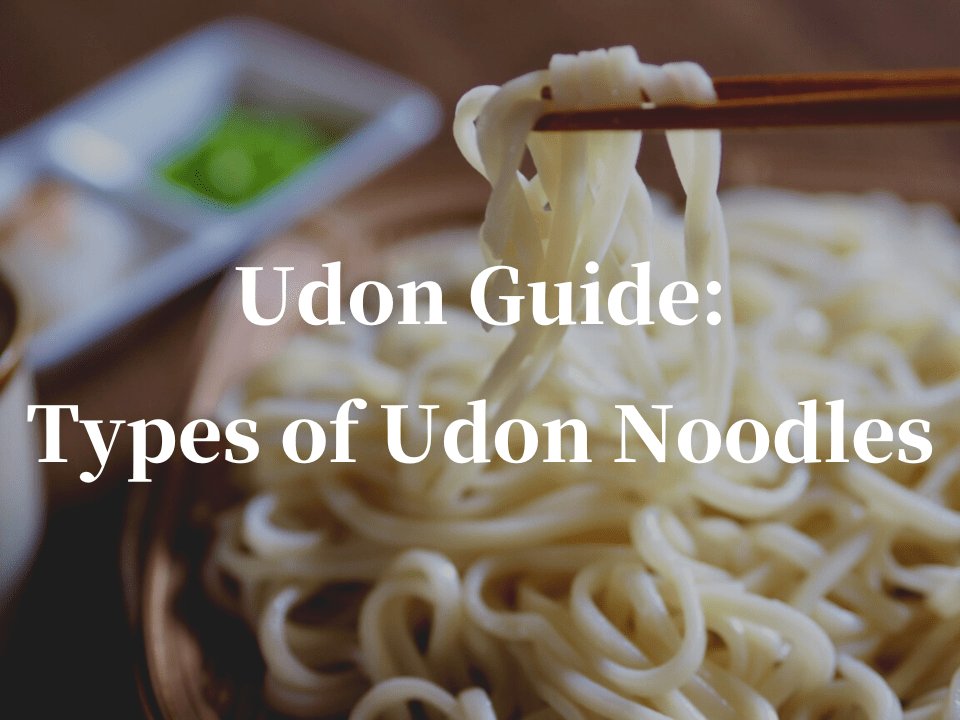
Udon noodles are one of the many traditional Japanese foods you have to try if you come to visit Japan. It is a type of Japanese noodles just like ramen and soba. Although not as popular as ramen among foreign visitors, it is still a well loved food that has a long history and is well embedded in Japanese culture.
In this article, I will explain some of the more important facts about udon, as well as the different types and ways of eating these traditional Japanese noodles. Hopefully, after reading this, you will have an interest in trying out this traditional Japanese dish.
What is Udon?
Udon (うどん) is a thick Japanese noodle that consists of wheat flour, water, and salt. The thing that is most noticeable about udon noodles is their thick and soft texture, making them easy to eat and digest. Its origin is not very clear, having many theories, but it is believed to have come from China during the Kamakura era (12th to the beginning of the 14th century).
Udon has a wide versatility when it comes to preparing it: you can eat it cold, hot, with a soup, fried with meat and vegetables, or even as part of a salad. It doesn’t feel heavy afterward, so it is a good meal option for people who are sick but need to eat something. A meal worth of udon noodles is just 260kcal. Because of this, there are people who replace udon for other types of noodles when they are on a diet.
How to eat Udon
There are many types of udon noodles as well as ways of eating them. Because of its long history, you can imagine that there will be different ways of preparing the noodles and different ways of eating them. Roughly speaking, there are two ways of eating udon noodles which are either in a warm soup or with a cold dipping souse (Tsuyu).
There are also many different toppings that you can add to make your udon dish even more exciting. Seaweed, green onion, and wasabi are just a few to mention.
Regional Udon
Lastly, I would like to introduce to you 5 regional types of udon that are especially popular. These are “must haves” when you visit these prefectures.
Sanuki Udon (Kagawa)
Sanuki Udon (讃岐うどん) is a traditional type of udon noodles from Kagawa prefecture. Kagawa prefecture is known as the capital of udon in Japan. Sanuki udon is characterized by having a softer, watery texture compared to regular udon.
Inaniwa Udon (Akita)
Inaniwa Udon (稲庭うどん) is a traditional type of udon noodles from Akita prefecture. It has a slightly yellowish coloring and has a relatively smoother texture compared to regular udon noodles.
Mizusawa Udon (Gunma)
Mizusawa Udon (水沢うどん) is a traditional type of udon noodles from Gunma prefecture. It is slightly thinner compared to regular udon noodles. It is white, but because of its thinness, some parts can be slightly transparent.
Himi Udon (Toyama)
Himi Udon (氷見うどん) is a traditional type of udon noodles from Toyama prefecture. The noodles are prepared in a particular way so that the end product ends having a smoothness as well as a pronounced texture.
Misonikomi Udon (Aichi)
Misonikomi Udon (味噌煮込みうどん) is a traditional type of udon noodles from Aichi prefecture. It consists of serving the udon noodles in a miso-based stew. Traditional foods from Aichi tend to base the flavor on miso, and this is not the exception.
Cold Types of Udon
From here, let me introduce some of the most popular ways of eating udon. First, let me share with you the cold types of udon.
Zaru Udon (ざるうどん)
This is one of the most common ways of eating udon. It consists of a plate with only the noodles, and it comes with a cold dipping souse called Tsuyu. You take the noodles from the plate, dip a little in the sauce, and eat it.
Bukkake Udon (ぶっかけうどん)
This is a type of udon where the noodles are already covered by the tsuyu sauce, as opposed to having it apart for dipping. Usually, the tsuyu sauce is thick and in small quantity; just enough to add the taste to the noodles.
Hot Types of Udon
Next, let me share with you some of the more popular ways of eating hot udon noodles.
Kake Udon (かけうどん)
When eating hot udon noodles, this is the most common way of serving it. It simply consists of the udon noodles in a hot dashi soup and some toppings.
Kama-age Udon (釜あげうどん)
Usually, after boiling the udon noodles, it is passed by cold water so that the noodles are tightened and become smooth. However, in the case of this dish, it is served without passing it through cold water. This makes the noodles have a more chewy texture.
Kitsune Udon (きつねうどん)
Pretty much the same as Kake udon, but with a different topping. In the case of Kitsune udon, the topping consists of Abura-age which is sweet, deep-fried, flattened tofu.
Thukimi Udon (月見うどん)
Tsukimi udon is the same as Kake udon, but it has a raw egg as a topping. Tsukimi means “moon viewing”, so the egg yolk represents the moon in this case.
Niku Udon (肉うどん)
Niku udon is Kake udon with meat on top. This can be beef, pork, or chicken meat.
Curry Udon (カレーうどん)
Curry udon is Kake udon, but instead of the soup, the udon noodles are in a Japanese-style curry stew.
▽Here is the complete guide to learn Best Traditional Japanese Dishes!▽
I hope you enjoyed this article. Although not as popular as ramen noodles, Udon noodles are also a very important food in Japanese culture. If you liked this article and want to know more about traditional Japanese foods, be sure to check out our other articles!
▽Related Articles▽
▼Editor’s Picks▼
Written by
Born and raised in Costa Rica, I started living in Tokyo from college. I love traveling within Japan & around the world. Since I wasn’t born in Japan, I know the cultural impact that you can get when visiting Japan for the first time and what you might be worried about before your trip. And I’ve lived long enough to somewhat understand the nuances of the Japanese culture that make this country such an attractive place to visit. Hopefully I can provide to you both the information you’re looking for and the information you didn’t know you needed to know.





